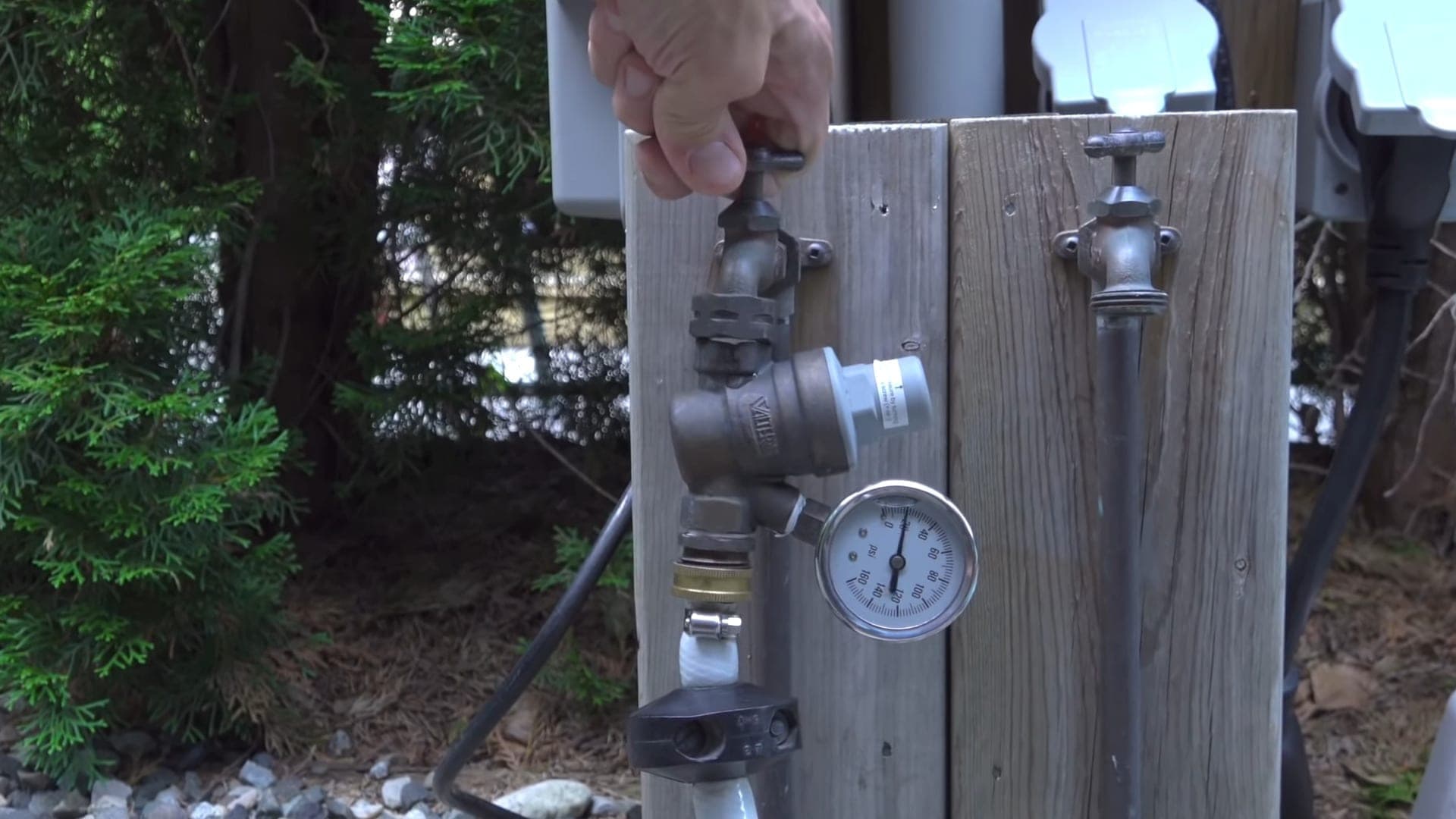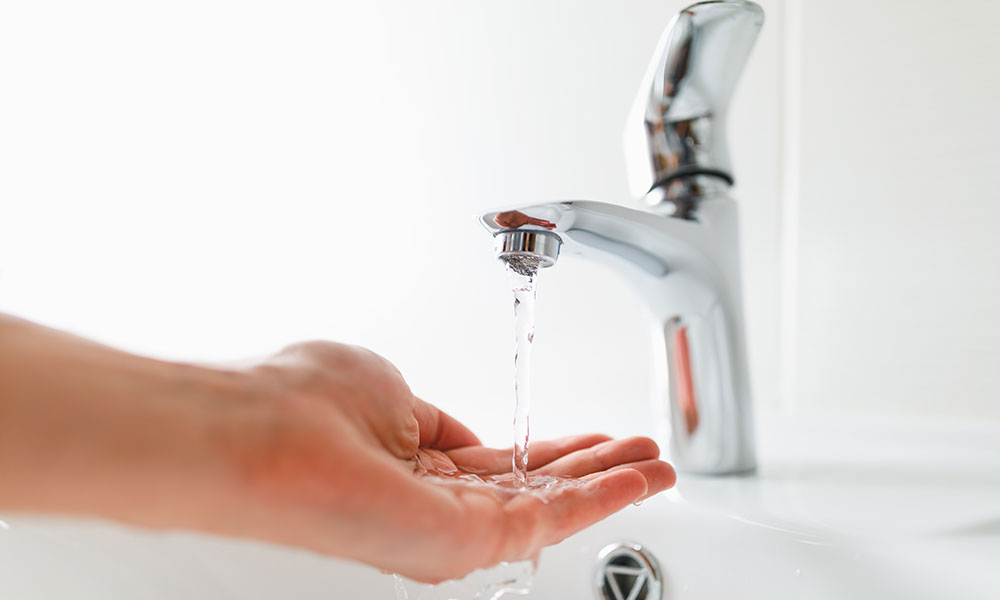This great article down the page pertaining to 4 Ways to Troubleshoot Low Water Pressure is exceedingly motivating. Check it out for your own benefit and decide what you think of it.

Low tide pressure in your house can be a discouraging trouble, impacting whatever from bathing to cleaning recipes. If you're experiencing weak water circulation, there are a number of possible reasons and options to explore. In this guide, we'll review typical factors for low water pressure and useful steps to resolve the issue properly.
Intro to Low Water Pressure
Low tide stress takes place when the flow of water from your taps, showers, and other fixtures is weak than typical. This can make daily tasks extra tough and less effective. Comprehending the root causes of low tide stress is critical to discovering the best solution.
Usual Causes of Low Tide Stress
Pipe Obstructions
With time, pipelines can come to be blocked with natural resource, sediment, or debris, restricting the flow of water. This is a typical concern in older homes with galvanized steel pipelines.
Corrosion
Rust within pipes can result in leakages and minimized water stress. Rust buildup can constrict water circulation, particularly in maturing plumbing systems.
Faulty Stress Regulatory Authorities
Stress regulatory authorities are accountable for preserving constant water pressure in your house. If they malfunction, it can lead to low tide pressure or unequal circulation throughout your house.
Municipal Supply Of Water Issues
Often, the issue exists outside your home. Local water system problems, such as main line leaks or upkeep work, can temporarily reduce water pressure in your area.
How to Diagnose Low Water Stress
Checking Faucets and Components
Start by examining the water pressure at various taps and fixtures throughout your home. If the problem is separated to specific areas, it may suggest localized troubles.
Checking Pipelines
Examine visible pipes for signs of leakages, rust, or blockages. Take notice of any uncommon sounds, such as banging or rattling pipelines, which might suggest problems within the plumbing system.
Consulting with a Plumber
If you're not able to identify the reason for low tide stress, think about hiring a specialist plumber to conduct a complete assessment. They can identify underlying problems and advise suitable remedies.
Do It Yourself Solutions to Fix Low Tide Stress
Cleaning Up Aerators and Showerheads
Natural resources can gather in aerators and showerheads, minimizing water flow. Get rid of and clean these components frequently to boost water pressure.
Flushing Water Heater
Sediment build-up in the water heater can restrict flow and decrease performance. Flushing the tank occasionally assists get rid of sediment and preserve ideal performance.
Inspecting Stress Regulator
Guarantee that the pressure regulatory authority is functioning properly. Readjusting or replacing the regulator can assist restore correct water stress throughout your home.
Clearing Up Clogs in Piping
For minor obstructions, attempt using a plumbing serpent or chemical drainpipe cleaner to clear obstructions in pipelines. Beware when making use of chemicals and comply with safety standards.
When to Call a Professional Plumber
If do it yourself initiatives fail to deal with the concern or if you presume considerable plumbing problems, it's ideal to look for assistance from a licensed plumber. They have the knowledge and devices to deal with complex issues safely and effectively.
Preventive Measures to Maintain Water Stress
Regular Upkeep
Arrange regular maintenance for your plumbing system to avoid concerns such as rust, leaks, and blockages. Resolving small issues early can aid prevent even more considerable repair work later on.
Mounting a Pressure Booster
Take into consideration mounting a stress booster pump to boost water stress in locations with continually reduced circulation. This can be especially useful for multi-story homes or residential properties with high-demand fixtures.
Surveillance Water Usage
Bear in mind water usage practices and prevent ill-using the plumbing system. Basic modifications, such as astonishing showers and washing loads, can aid preserve adequate water stress.
Final thought
Taking care of low water stress can be aggravating, yet recognizing the underlying reasons and executing ideal options can recover ideal flow throughout your home. Whether it's cleaning up aerators, evaluating pipes, or talking to a plumber, taking aggressive actions can guarantee a stable supply of water for your everyday requirements.
FOUR WAYS TO FIX LOW WATER PRESSURE NOW
Turning on a shower or faucet only to find the water comes out in a sad, slow drizzle is never a good feeling. How exactly are you supposed to wash a pan or take a quick shower when it takes 10 minutes just to rinse off a little soap? The good news is that when your water pressure is bad, there's always a cause: typically one that can be easily fixed. Here are some of the most common causes of low pressure and what you can do to fix the issue:
DEBRIS AND MINERAL DEPOSIT BUILDUPS
If you notice low water pressure from just one or two of the fixtures in your house, the problem likely has to do with debris buildup. Water is full of minerals and other debris, all of which can accumulate in your pipes and on your fixtures. This can cause a blockage that affects how much water flows through. To fix this, try filling a small plastic bag with white vinegar, and use a rubber band to hang it around your showerhead or faucet. Let the head of the fixture soak for a few hours, and the vinegar should loosen the deposits.
WATER LEAKS
Leaks are another common cause of low water pressure. If water is flowing out of your plumbing through a hole or crack before it can reach your fixture, the pressure coming out of the faucet or showerhead will be lower. A plumbing professional is your best bet for finding and repairing a leak in your water supply pipes.
Leaks are another common cause of low water pressure. If water is flowing out of your plumbing through a hole or crack before it can reach your fixture, the pressure coming out of the faucet or showerhead will be lower. A plumbing professional is your best bet for finding and repairing a leak in your water supply pipes.
A VALVE ISSUE
If you have low water pressure throughout your home, check your main shut-off valve to make sure it's completely open. You may also want to see if there's a pressure-reducing valve installed. If there is, have a plumber help you adjust the settings to get the pressure you're looking for.
OTHERS USING WATER
Believe it or not, your low water pressure could be caused by your neighbors. If you notice low pressure at certain times of day, it may be because you and the people living next to you have similar schedules - when everyone is showering at the same time, the pressure will be lower in every home. Low pressure throughout the neighborhood may also be caused by an issue with your municipal water supply. If that's the case, call the supplier to see if they're working on the issue.
https://www.rotorooter.com/blog/water-leaking/low-water-pressure-fixes/

Hopefully you enjoyed our part about Low Water Pressure in the House?. Thank you so much for taking the time to browse our article. Those who enjoyed reading our blog entry please do not forget to pass it around. Many thanks for your time invested reading it.
Estimate Free
Comments on “Helpful Fixes for Managing Low Water Pressure in Your Home”